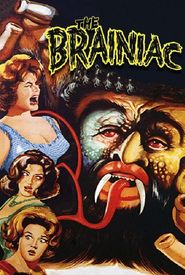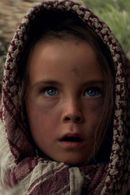Mauricio Féres Yázbek, a renowned Mexican actor, whose professional moniker would later become Mauricio Garcés, embarked on a remarkable journey, commencing his life on December 16th, 1926, in the bustling port city of Tampico, situated in the northeastern Mexican state of Tamaulipas.
With the unwavering backing of his uncle, Jose Yázbek, a renowned producer, Garcés embarked on his acting journey, making his debut in the 1950 comedy film "La muerte enamorada," where he shared the screen with the talented Miroslava and Fernando Fernandez.
In a peculiar yet intriguing move, Garcés opted to adopt the artistic last name "Garcés" due to his fascination with the letter "G", a seemingly trivial yet significant detail that he believed would bring him unparalleled good fortune and catapult him to stardom, much like his idols, the illustrious Clark Gable, the rugged Gary Cooper, and the debonair Cary Grant.
Garcés's legendary persona as a sophisticated, cosmopolitan, and chivalrous individual was largely influenced by the creative vision of producer Angelica Ortiz, mother of renowned actress Angélica María, who cast him in the 1966 film "Don Juan 67", marking the inception of a series of films featuring Garcés as his alter-ego, "Mauricio Galán", including the 1967 film "El matrimonio es como el demonio" (Marriage is like the devil),the 1968 film "Click, fotógrafo de modelos" (Click, photographer of models),the 1968 film "El criado malcriado" (The bad servant),the 1969 film "Departamento de soltero" (Bachelor's Apartment),the 1969 film "Fray Don Juan", and the 1969 film "Modisto de señoras" (Ladies' Fashion Designer),among many others.
Throughout the entirety of his remarkably vast and diverse filmography, the renowned Mexican actor, Garcés, garnered a distinctive and enduring nickname, "El Zorro Plateado" or The Silver Fox, thereby cementing his reputation as a cherished and iconic figure within the realm of Mexican cinema, leaving an indelible mark on the industry and forever etching his name in the annals of Mexican film history.

















